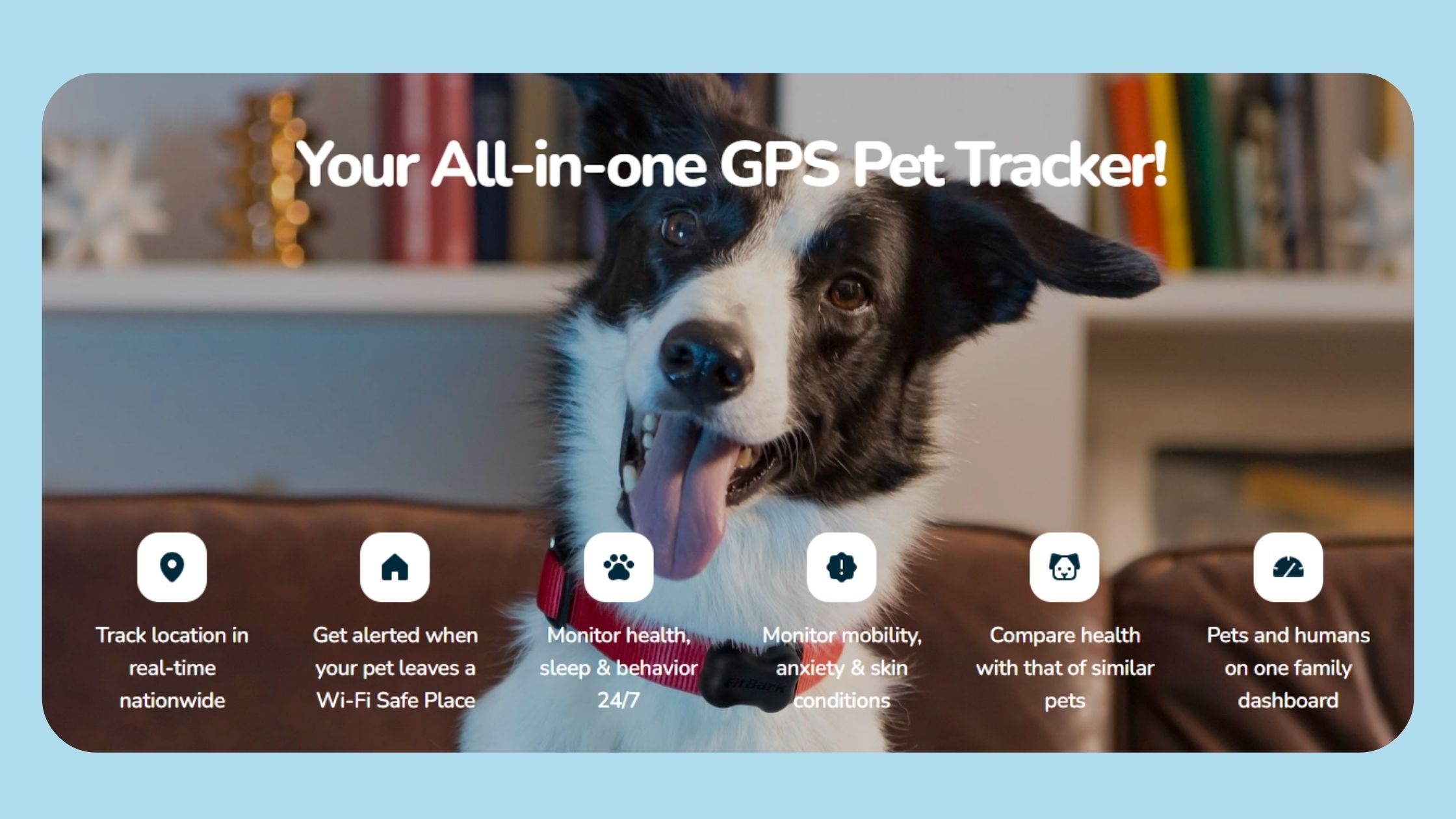Let’s explore the common causes of why do dogs run away due to boredom and loneliness and provide practical solutions to keep our furry friends safe and content.

THE LINK BETWEEN BOREDOM, LONELINESS, AND DOGS RUNNING AWAY
Dogs are known for their loyalty and companionship, but they can also be prone to running away if they are bored and lonely. As responsible pet owners, it is crucial to understand the reasons behind these escape attempts and take proactive measures to prevent them.
Dogs need active life
One of the most common reasons why do dogs run away is because they are bored and lonely. Dogs are social animals that thrive on human interaction and mental stimulation. When left alone for extended periods without any opportunities for engagement, dogs can become restless and seek ways to entertain themselves.
Some signs that your dog may be experiencing boredom and loneliness include excessive barking, destructive chewing, digging, and attempts to run away. These behaviors are often a cry for attention and a way for dogs to alleviate their pent-up energy and frustration.
PREVENTING DOGS TO RUN AWAY DUE TO BOREDOM AND LONELINESS
Fortunately, there are several effective strategies to prevent dogs run away caused by boredom and loneliness. By addressing the underlying issues and providing appropriate outlets for mental and physical stimulation, we can create a safe and enriching environment for our canine companions.
Regular Dog Exercise and Enrichment Activities
Dogs need exercise and fun things to do. They should do activities daily. These give dogs exercise and keep their minds busy. The activities depend on your dog’s breed and age. This could be walks, runs, games like fetch or hide-and-seek, or playing at a dog park.
Dogs need physical exercise. But their minds also need to stay active. Give your dog puzzle toys and toys that give treats. Play games where your dog solves problems. These activities keep dogs entertained. They also prevent bad behavior from being bored.
Dogs Need Friendship and Time with Others
Dogs are social animals. They like having friends. If you leave your dog alone a lot, get a dog walker. Or ask a friend or family member to visit your dog. You could also get a second dog as a playmate.
Take your dog to places where it can socialize. Set up playdates with other dogs. Take obedience classes. Visit dog parks. These give your dog chances to interact and stay mentally active.
Make Your Dog’s Living Space Fun and Safe
Your dog’s area should be secure and have interesting things. Dogs might try to escape if they are in a boring, small space for too long. Give your dog a comfy, big area to move around. Put toys, games, and a cozy bed in the area.
Set up a play space in your yard for your dog. Include things like tunnels and toys. This helps your dog stay active and use their brain.
Train Your Dog with Rewards
Training stops boredom and loneliness escapes. Teach basics like “sit,” “stay,” and “come.” These build a strong obedience base. It gives mental exercise and purpose.
Use treats, praise, and playtime to reward good behavior. This strengthens your bond. It motivates good activities instead of escaping.
Get Expert Help if Needed
If escaping continues, get a dog trainer’s help. They can find the issue and give custom guidance.
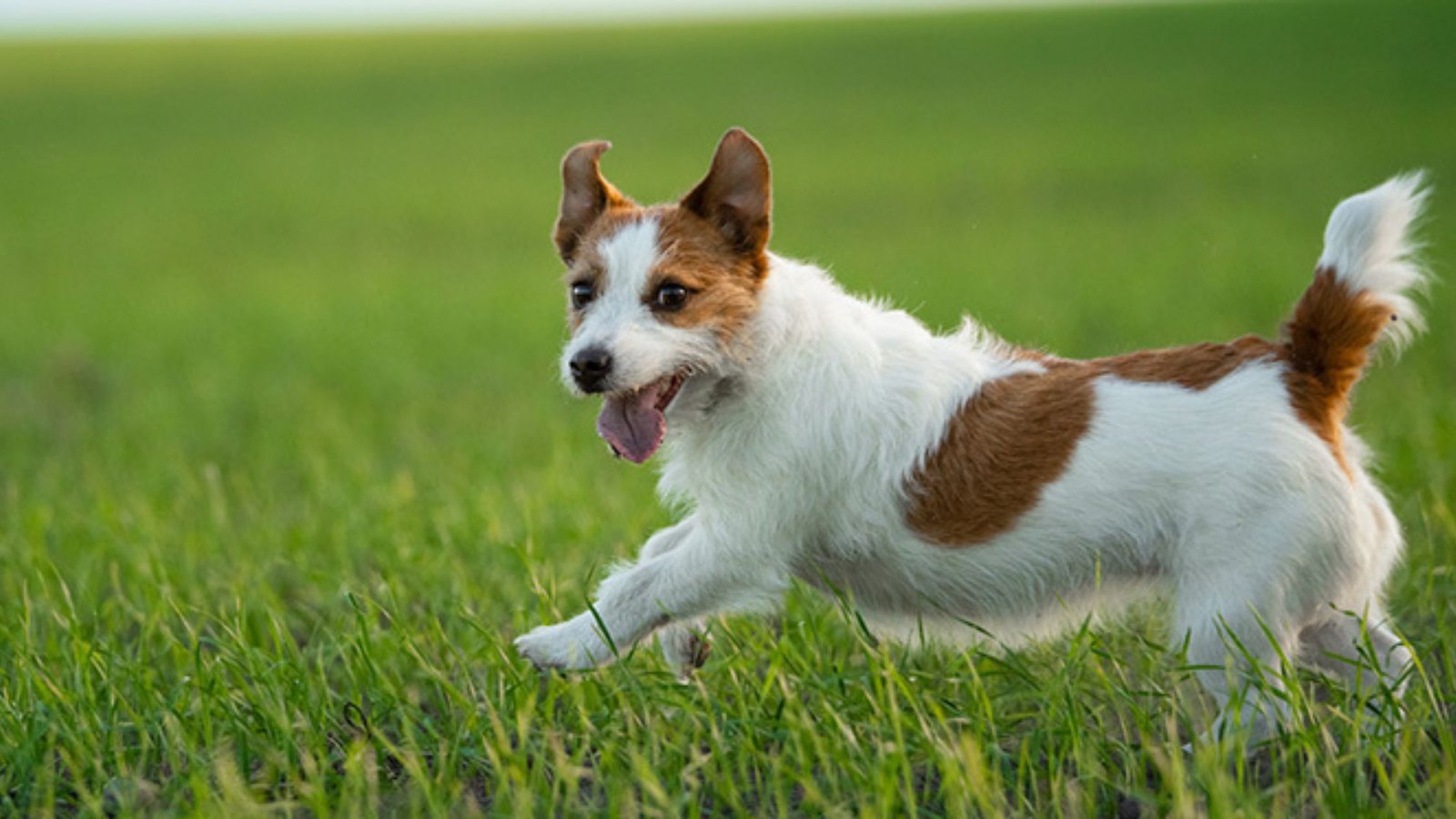
WHAT TO DO IF YOUR DOGS RUN AWAY: HOW TO GET YOUR DOGS TO COME BACK?
Having your dog run away is scary. You worry they’ll get lost or hurt. But it’s key to stay calm.
Take steps to bring your furry friend home safe.
Chasing Your Dog: Why It’s a Bad Idea
When your dog runs off, you might want to chase after them. But, that can actually make things worse. Dogs like to play and chase games. So, if you run after them, they might see it as a fun game and run even faster. Also, if your dog is scared or nervous, chasing them can stress them out more. And they might run farther away.
The Better Way: Stay Calm and Call Them
Instead of running, stay calm and call your dog’s name. Use a firm but gentle voice that they know. Avoid yelling or sounding angry. That could scare them away more. Use a loving, excited tone to encourage them to come back.
Use Their Favorite Treats or Toys
If calling alone doesn’t work, try using treats or toys as rewards. Dogs love food and play. Show them their favorite treat or toy and call excitedly. This might grab their attention and make them want to come back.
Don’t Move, Stay Put
It’s tempting to move around and look for your dog. But it’s better to stay in one spot. Dogs have an excellent sense of smell. They can often find their way back to familiar smells. If you stay put, your dog has a better chance of sniffing you out. Moving around can make it harder for them to track your scent.
Let Your Neighbors Know and Contact Officials
If your dog has gone missing for a while, you couldn’t find them. Tell your neighbors, give a description of your dog. Details like tags or chip numbers help. Your neighbors can look for your dog. Contact shelters and vets too, in case someone brings your dog there.
Use Social Media and Websites for Lost Pets
Social media helps find lost pets nowadays. Post your dog’s picture and details on your accounts, websites for lost pets, community groups. Include contact info, how your dog looks and acts. Spreading this helps people spot and tell you about your dog.
Consider a Pet Tracking Device
If your dog often runs away or is adventurous, use a pet tracker. It attaches to the collar and uses GPS to track location. Useful if your dog wanders or you live in rural areas where finding is hard.
Take Steps to Prevent Dogs to Run Away again
It’s better to stop your dog from running away in the first place. Make sure your yard is secure, no escape routes. Check fences, gates regularly for any openings your dog could use. Train your dog to come when called, practice this often. It prevents them from running off.
Remember, staying calm and taking the appropriate steps can greatly increase the chances of your dog returning safely. By following these tips, you can be better prepared and more confident in what to do if your dog escapes.
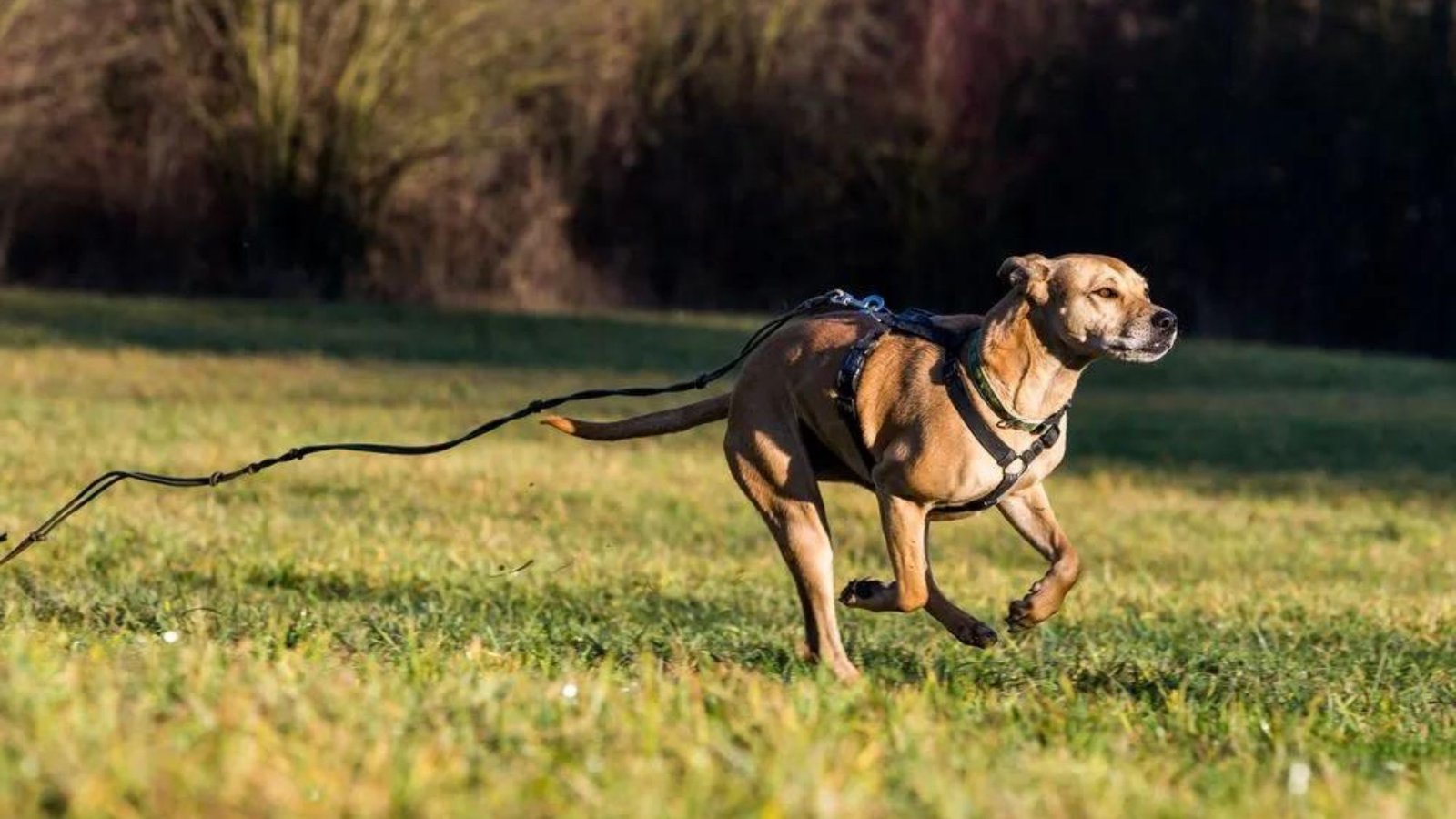
MANAGING TO STOP THE RUN AWAY BEHAVIOR IN MALE DOGS: CASTRATION OR FINDING A MATE?
It can be concerning when your male dog consistently tries to run away, especially when he shows a keen interest in female dogs. This behavior is quite common in intact (non-neutered) male dogs, as they are driven by their natural instincts to seek out mates. However, it’s important to understand the underlying reasons behind this behavior before deciding on a course of action.
Understanding the Behavior in Male Dogs and Why they Run Away
The Role of Hormones: Male dogs that have not been neutered have higher levels of testosterone, which can contribute to their desire to roam and run away. Testosterone is responsible for driving sexual behaviors and the urge to find a mate. When a male dog detects the scent of a female dog in heat, it can trigger their instinctual response to run away and seek out the source of the scent.
The Risks of Escaping Behavior: Allowing your male dog to run away poses several risks, both to his safety and the well-being of other dogs in the area.
Some potential risks include:
- Getting hit by a car
- Getting into fights with other dogs
- Contracting diseases or parasites
- Unwanted breeding and the potential for unplanned litters
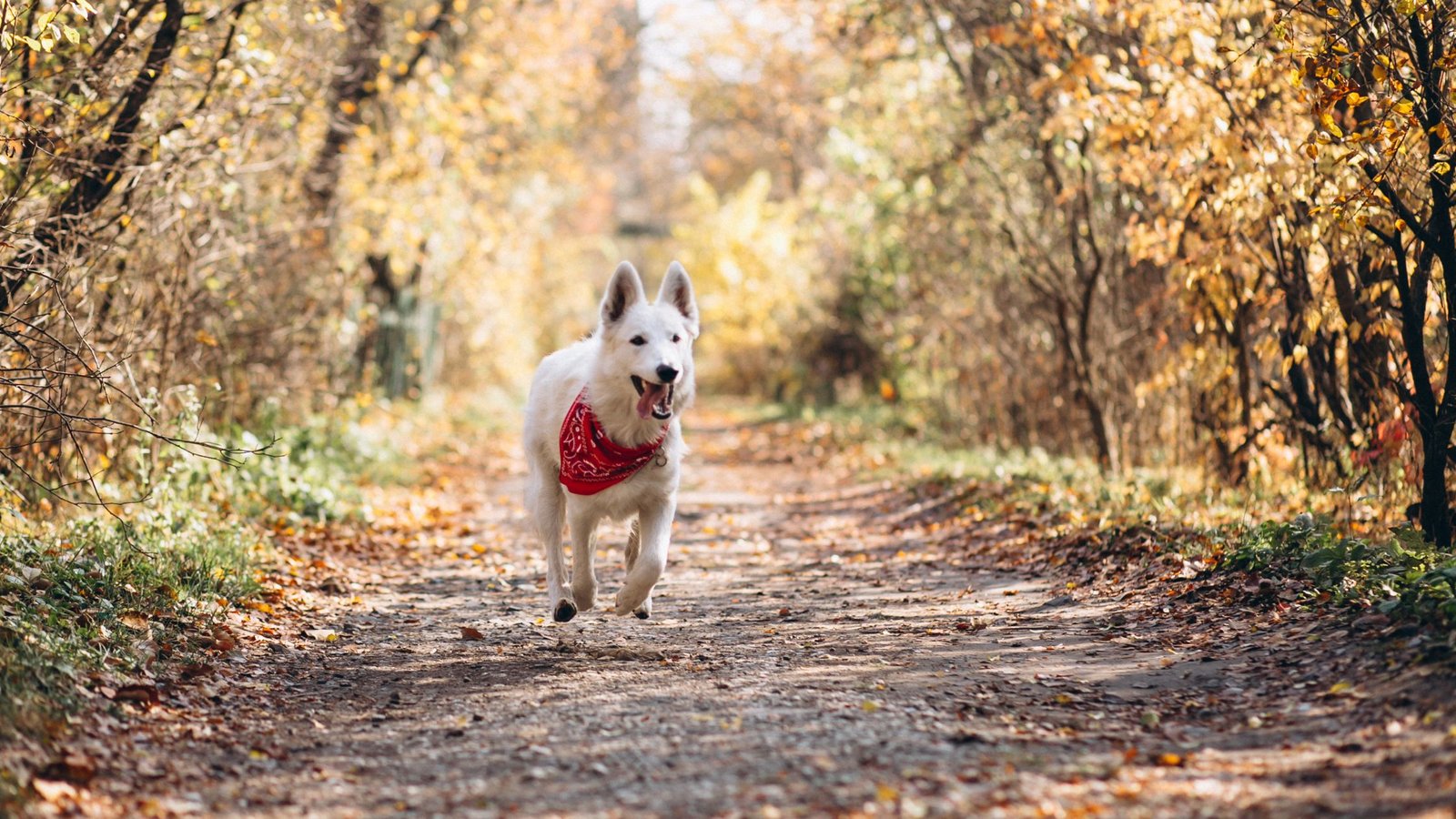
SOLUTIONS FOR DOGS THAT HAVE RUN AWAY BEHAVIOR
There are several approaches you can take to manage and reduce your male dog’s escaping behavior. Let’s explore two common options: castration and finding a mate.
Dog Castration (Dog Neutering)
Castration, also known as neutering, involves the surgical removal of a male dog’s testicles. This procedure eliminates the production of testosterone, which can help reduce or eliminate the desire for dogs to run away and seek out female dogs.
Benefits of castration include:
- Reduced roaming and running away behavior
- Decreased aggression towards other male dogs
- Lower risk of certain health issues, such as testicular cancer
- Prevention of unwanted litters
It’s important to note that castration is not an instant fix for dogs running away behavior. While it can significantly reduce the desire to run away, it may not eliminate the behavior entirely, especially if it has become a deeply ingrained habit. Additionally, castration may not completely eliminate aggression or other behavioral issues unrelated to mating.
Finding a Mate for your Dog
Some dog owners consider finding a mate for their male dog as an alternative to castration. The idea behind this approach is that providing a female companion can fulfill their natural instincts and reduce the desire for dogs to run away.
While finding a mate may temporarily satisfy your male dog’s mating instincts, it is not a foolproof solution for escaping behavior.
There are several factors to consider:
- Responsibility: Breeding dogs responsibly requires knowledge, time, and resources. It’s essential to ensure that both dogs are healthy, well-bred, and suitable for breeding.
- Unplanned Litters: If you do not plan to breed your male dog, allowing him to mate can lead to unwanted pregnancies and contribute to the overpopulation of dogs.
- Behavioral Issues: Finding a mate may not address other behavioral issues your dog may have, such as aggression or anxiety.
Consulting a Professional if Dogs Run Away Constantly
Before making a decision about castration or finding a mate, it is crucial to consult with a veterinarian or a professional dog behaviorist. They can provide expert advice tailored to your dog’s specific needs and help you make an informed decision.
Do not forget that each dog is very unique, and what could works for one may not work for another. A professional can assess your dog’s behavior, health, and overall well-being to guide you towards the most appropriate solution.
Additional Tips for Managing Escaping Behavior or Dogs that Run Away
In addition to considering castration or finding a mate, here are some general tips to help manage your male dog’s escaping behavior:
- Secure Fencing: Ensure that your yard has secure fencing that is tall and sturdy enough to prevent your dog from escaping.
- Supervision and Leash Walking: Keep a close eye on your dog when outside and use a leash to prevent any attempts to escape.
- Practice training and give your dog new things to learn. Keep your dog’s mind active. A busy dog will not try to escape.
- Get female dogs spayed. Spayed females won’t attract male dogs that may escape to find them.
Male dogs may run away if they smell a female in heat. Neutering male dogs can help stop this behavior. Or you could consider getting your male dog a mate. Talk to an expert about what is best for your dog. Always prioritize your dog’s safety and wellness. Make informed choices after getting advice.
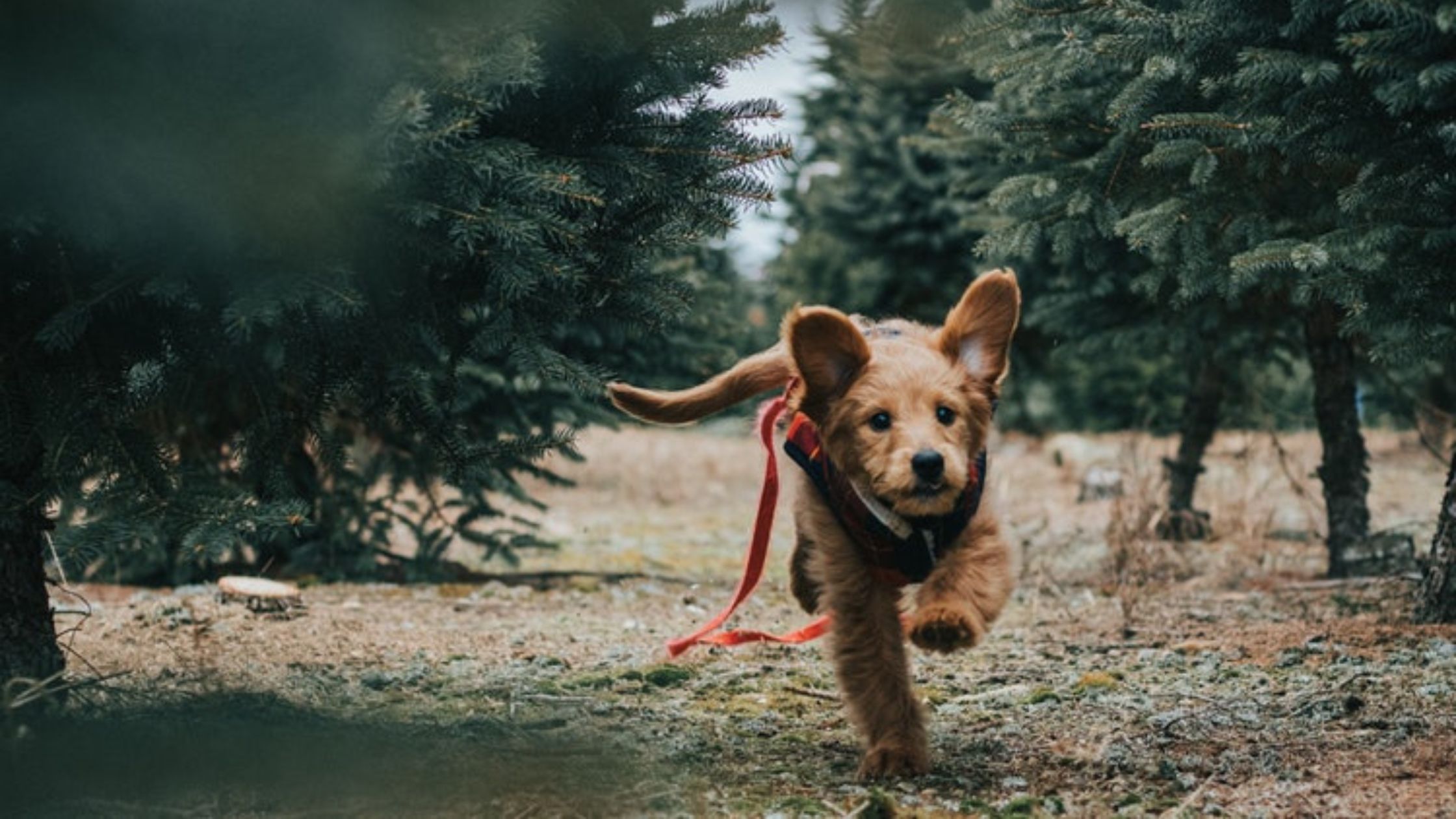
SHOULD YOU PUNISH DOGS THAT RUN AWAY?
Many dog owners struggle with dogs that run away. This is frustrating and unsafe. You may wonder if punishment works. But punishing after running away likely won’t help.
Why Punishing Your Dog Is Ineffective
Unless you catch your dog escaping, punishment later won’t stop the behavior. Dogs live in the present. Punishment after escaping won’t connect in their minds. Instead, it may make your dog fearful or anxious.
Having a strong bond with your dog is important. Punishing your dog can harm this bond. Dogs respond better to rewards for good behavior instead of punishment for bad behavior. By rewarding good behaviors, you can encourage your dog to make positive choices.
Reinforcing Good Behavior
One way to prevent your dog from running away is to reinforce good behavior. Rewarding and paying attention to behaviors you want will encourage your dog to stay close and not run off.
Here are some tips to reinforce your dog’s good behavior:
- Positive reinforcement: Give your dog treats, praise, and affection when they stay close, come when called, or follow commands. This will make them repeat these behaviors.
- Consistency: Dogs like routine and consistency. Set clear rules and expectations for your dog’s behavior and consistently reinforce them. This helps your dog understand what you expect and makes them less likely to run away.
- Training: Enroll your dog in obedience classes or work with a trainer. Training can improve your dog’s response to commands and strengthen your bond.
- Engagement: Provide mental and physical stimulation. Play interactive games, give puzzle toys, and take daily walks. A tired and mentally stimulated dog is less likely to run away.
- Keep your yard or home safe. Your dog cannot run away if there are no escape routes. Check fences, gates, and any openings often. Make sure they are dog-proof.
Why do dogs run away?
Running away usually has a reason. Fear, boredom, or curiosity could make your dog run away. Figuring out why can help stop it from happening.
If your dog keeps running away despite your efforts, ask a dog trainer for help. They can observe your dog and suggest ways to stop the behavior.
In short, dogs run away for many reasons
Punishing your dogs because they run away is not a good idea. It may make things worse and harm your bond. Instead, reward good behavior with treats or praise. Be consistent with training. Engage your dog with toys and playtime. Keep your yard secure. Understand why your dog runs away. Get expert help if needed. Provide mental and physical activities.
Socialize your dog. Create a safe space. This can stop your dog from running away due to boredom or loneliness. Dogs try to run away for many reasons. Sometimes they are bored or curious. Other times they are scared or want attention. By learning why dogs escape, we can prevent it. This helps keep your dog safe and happy. It also stops bad behavior like digging under fences.
To keep your dog from running away, get a GPS collar. This collar shows you where your dog is on your phone app. It has other features that keep your dog healthy too. You can check and order the GPS collar below.
